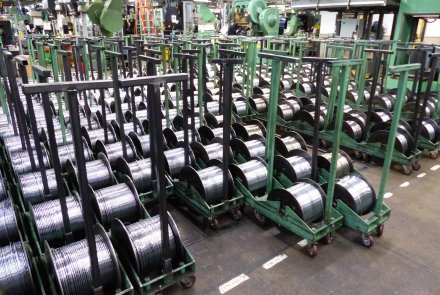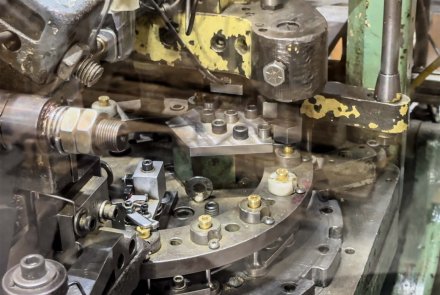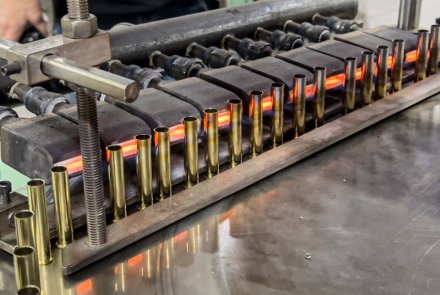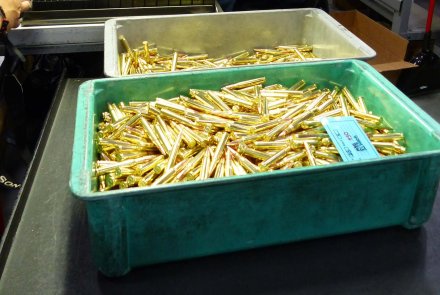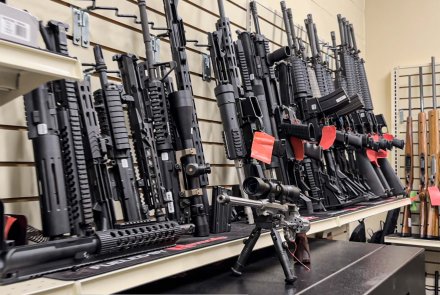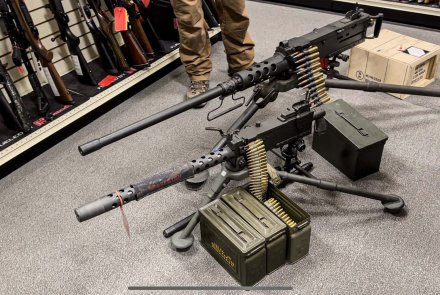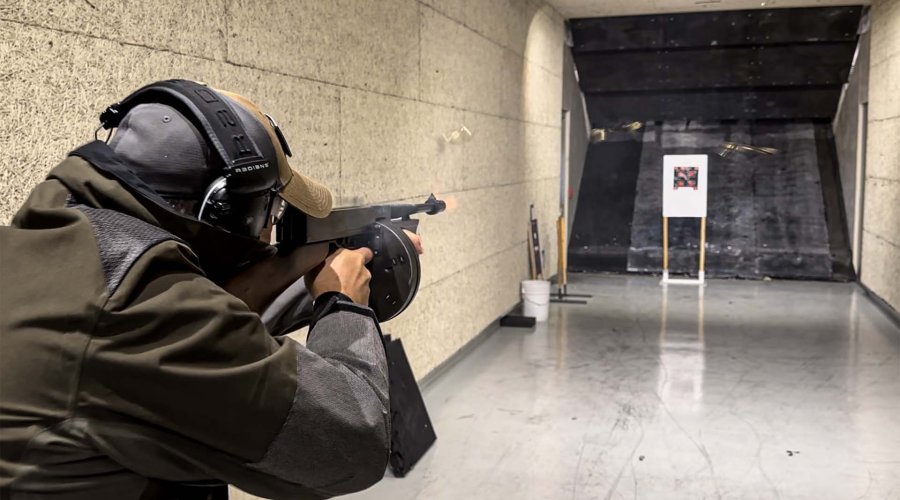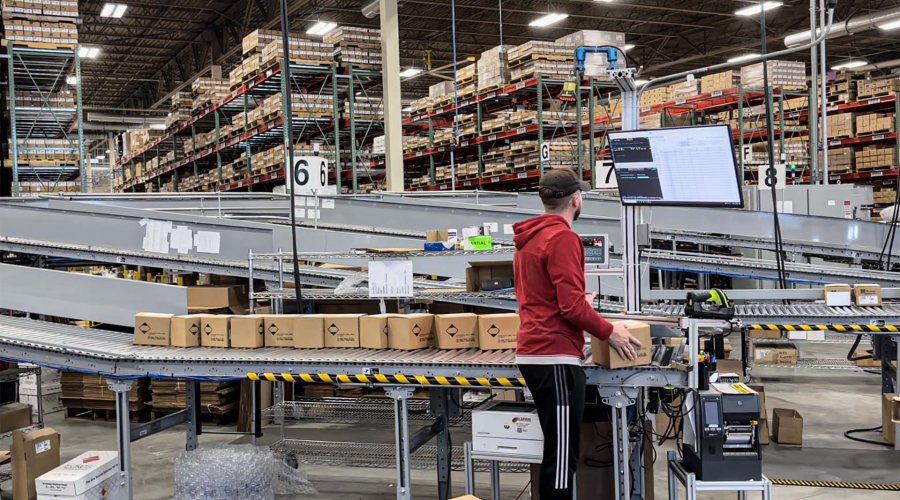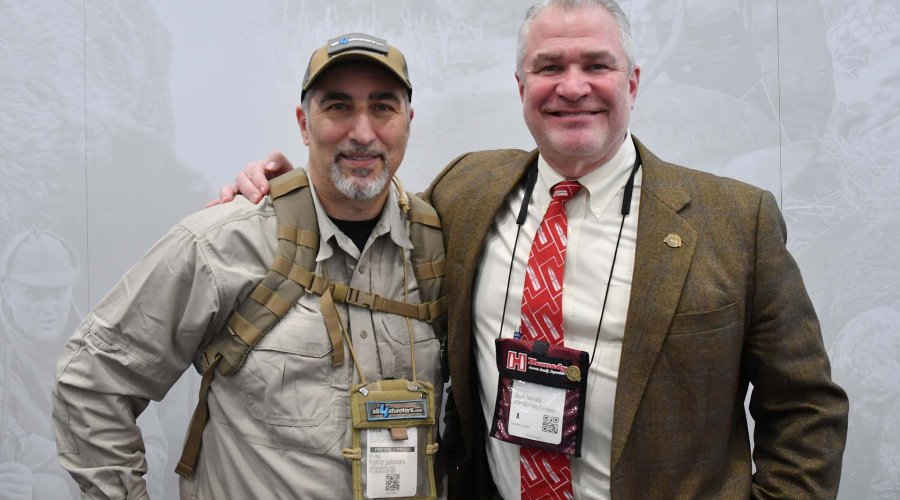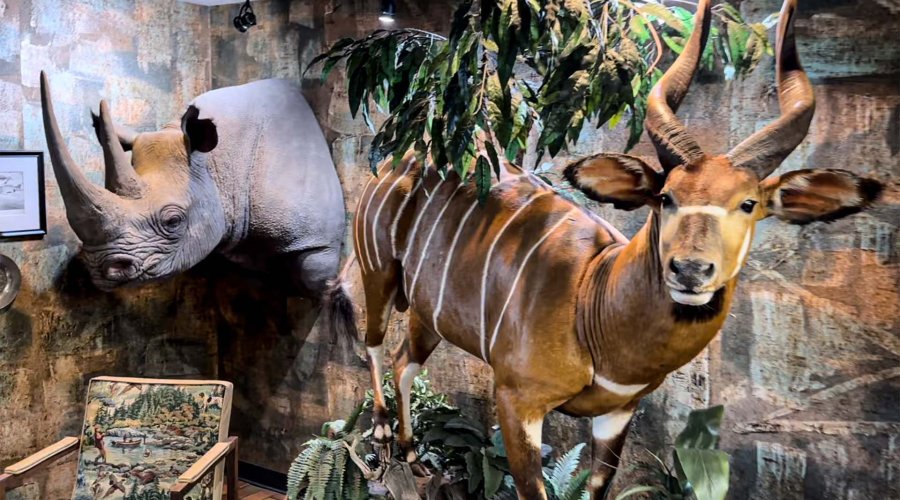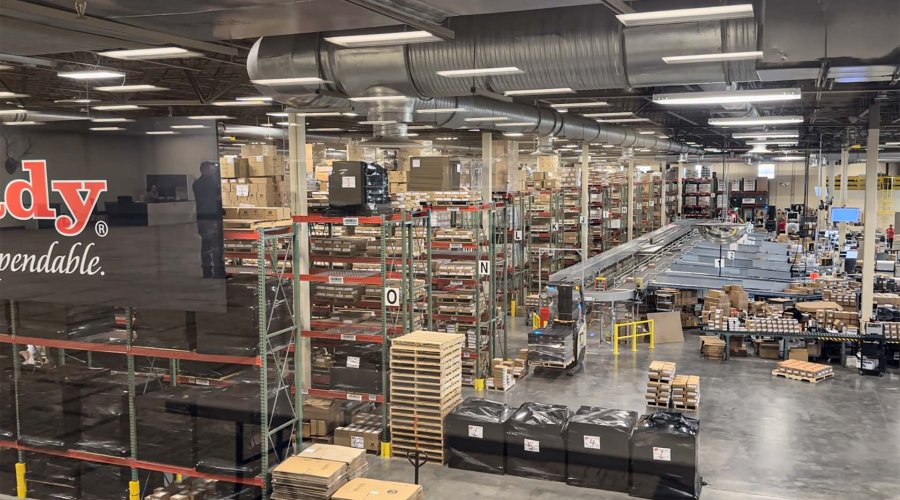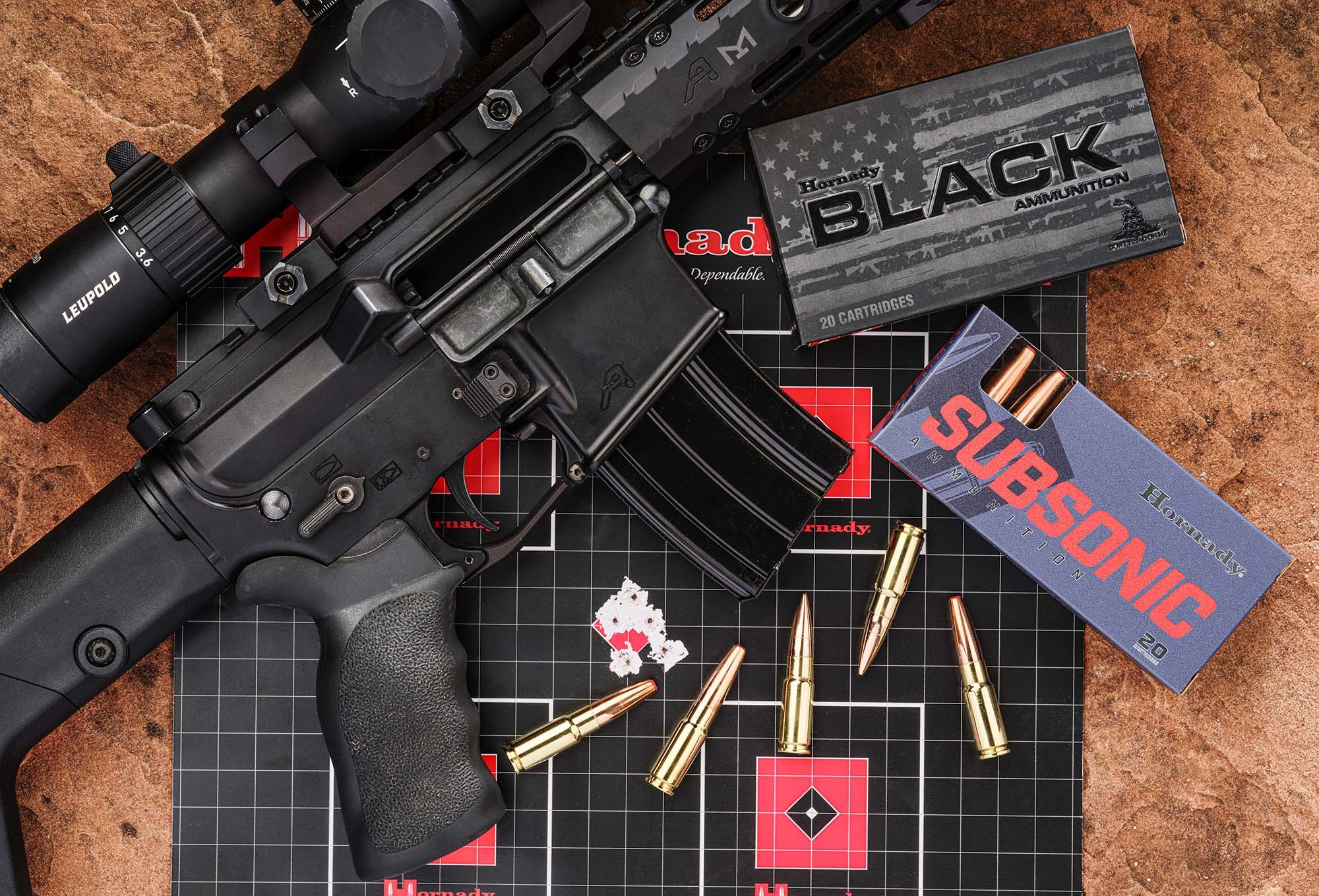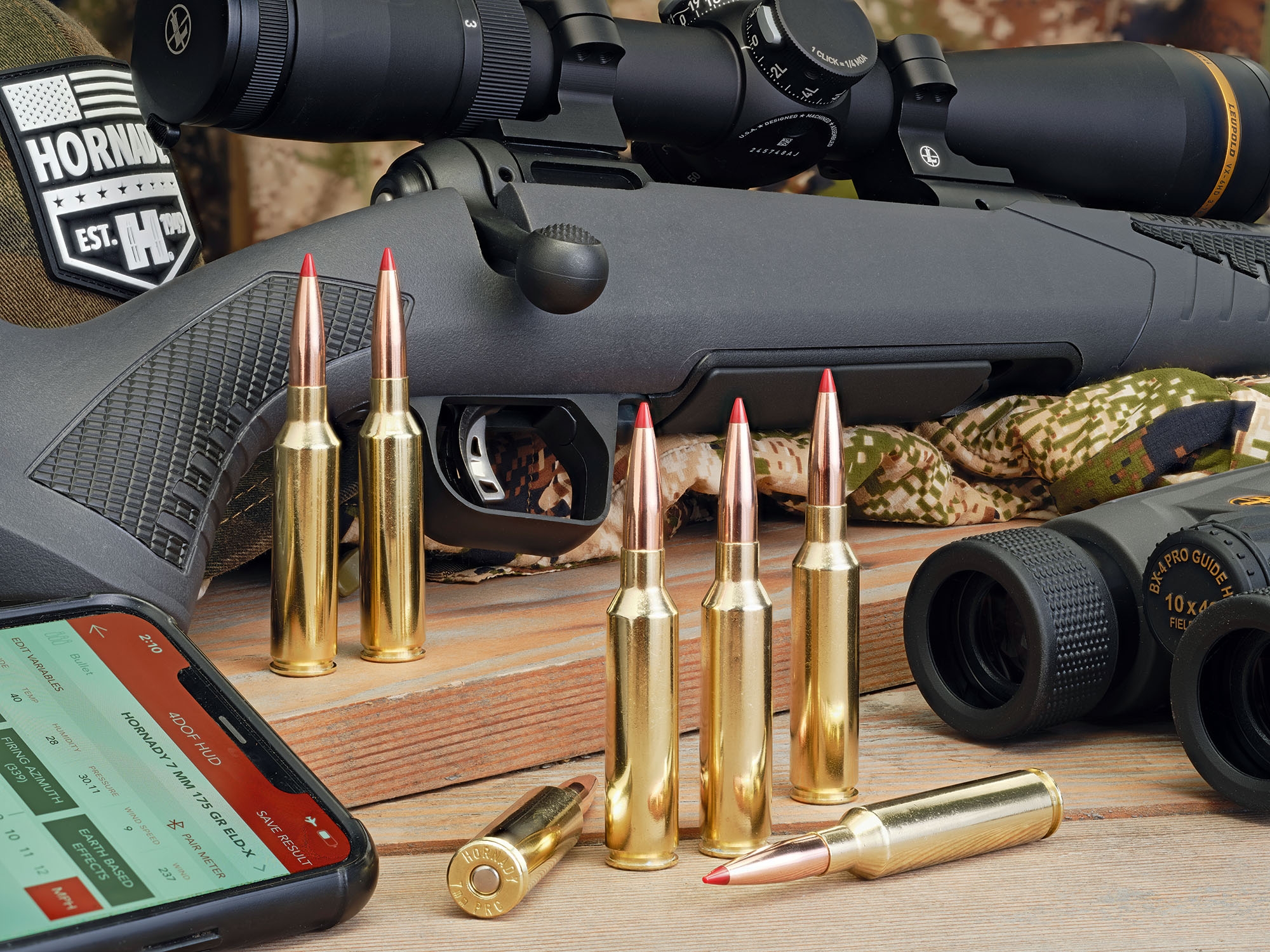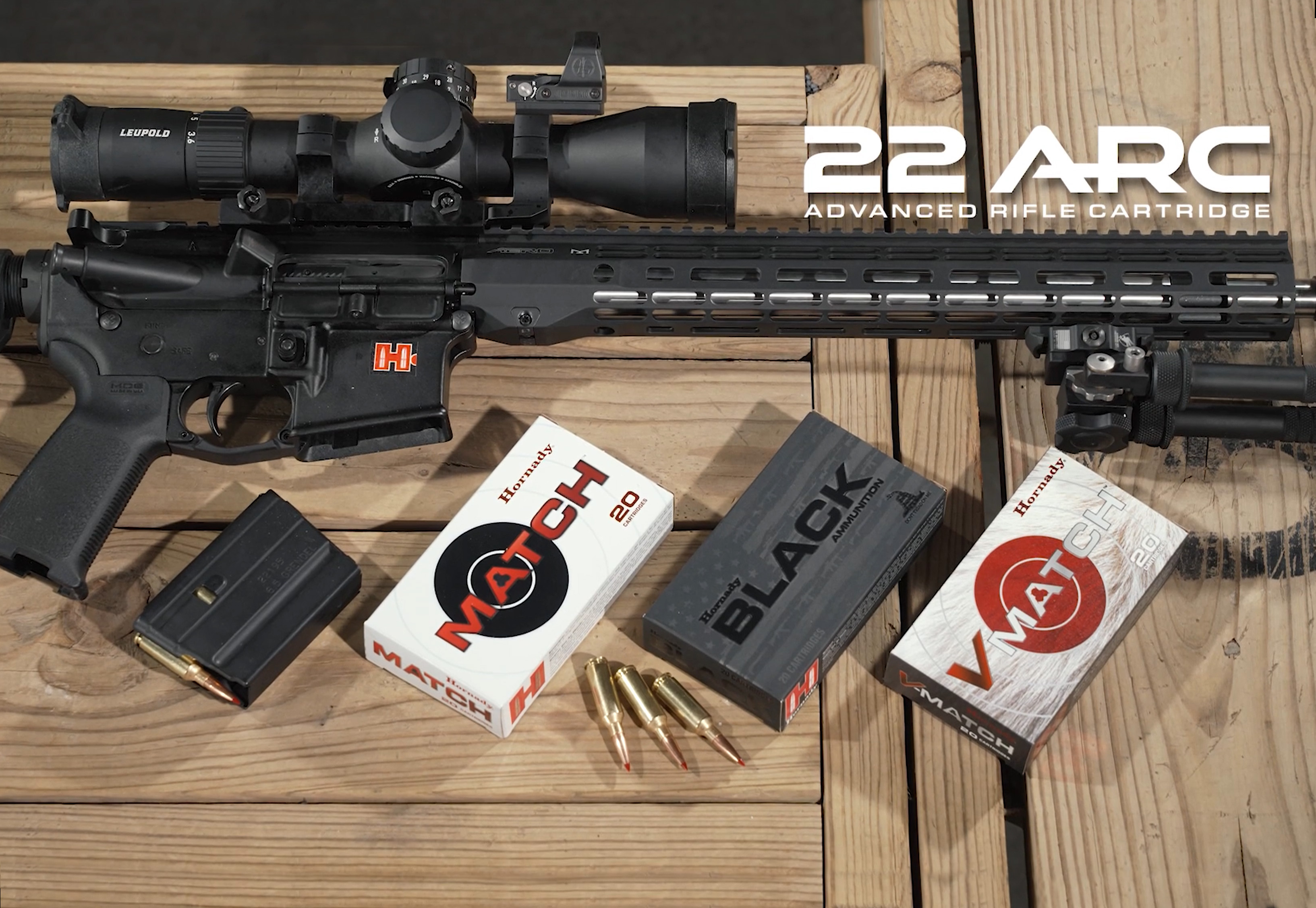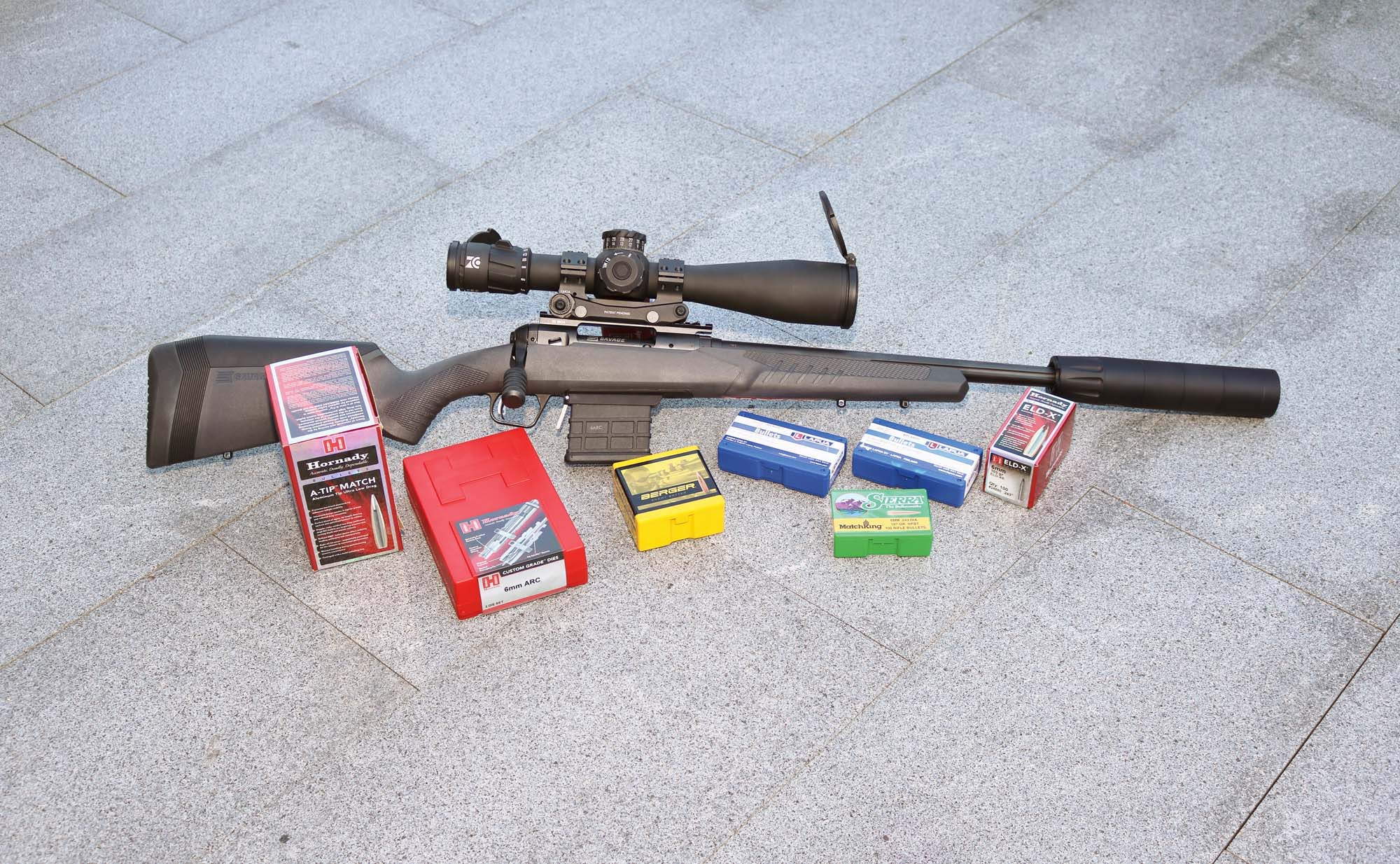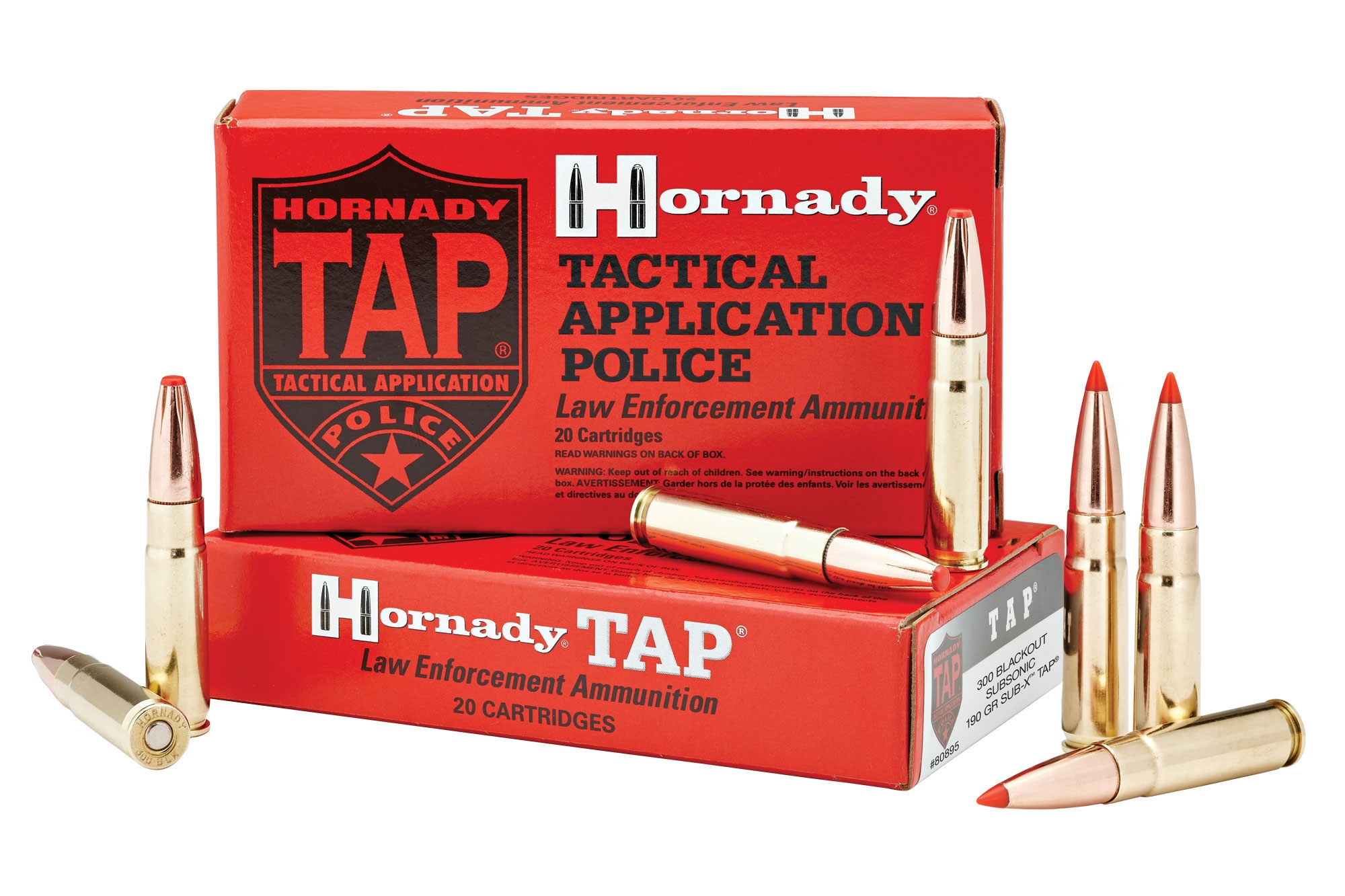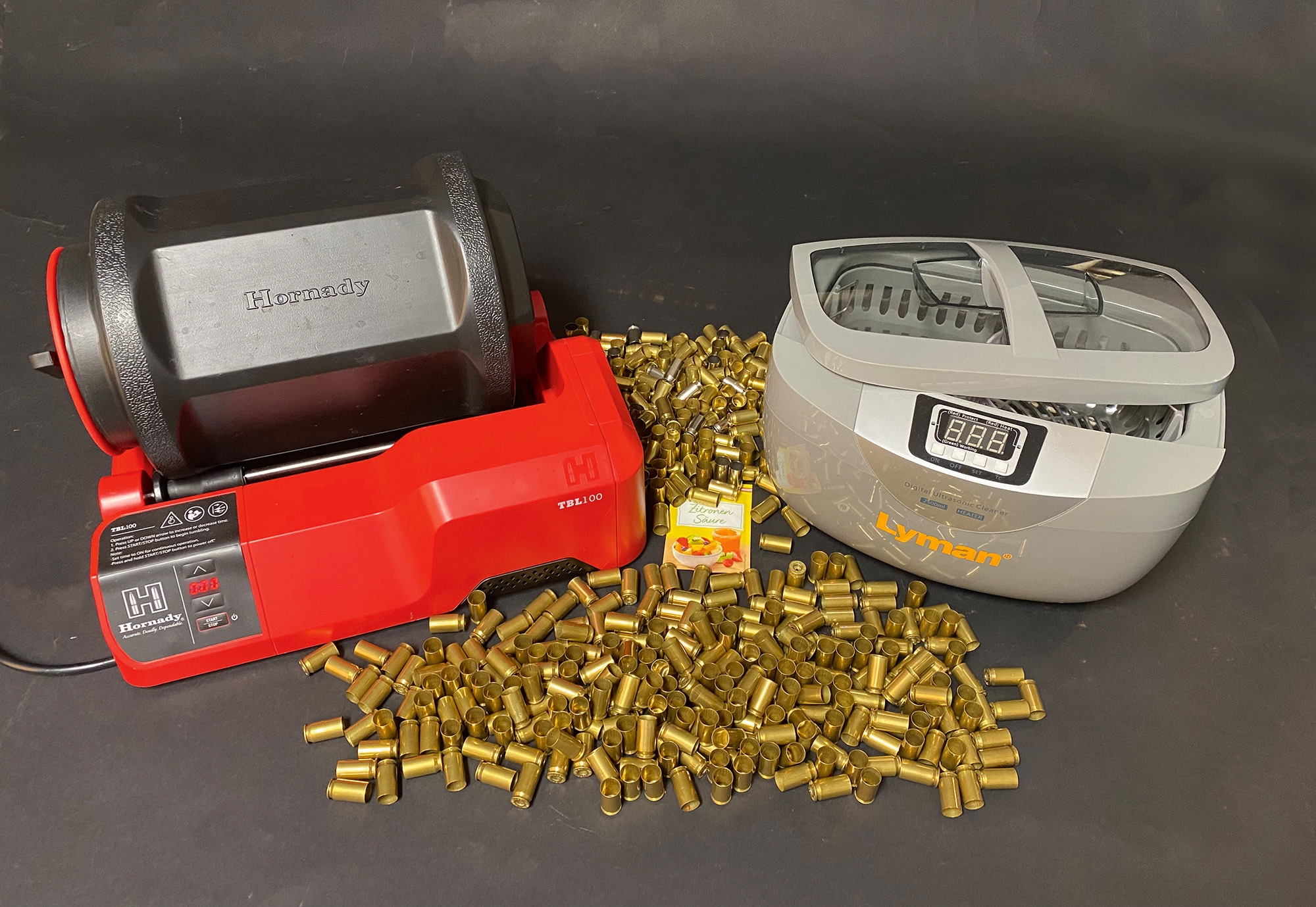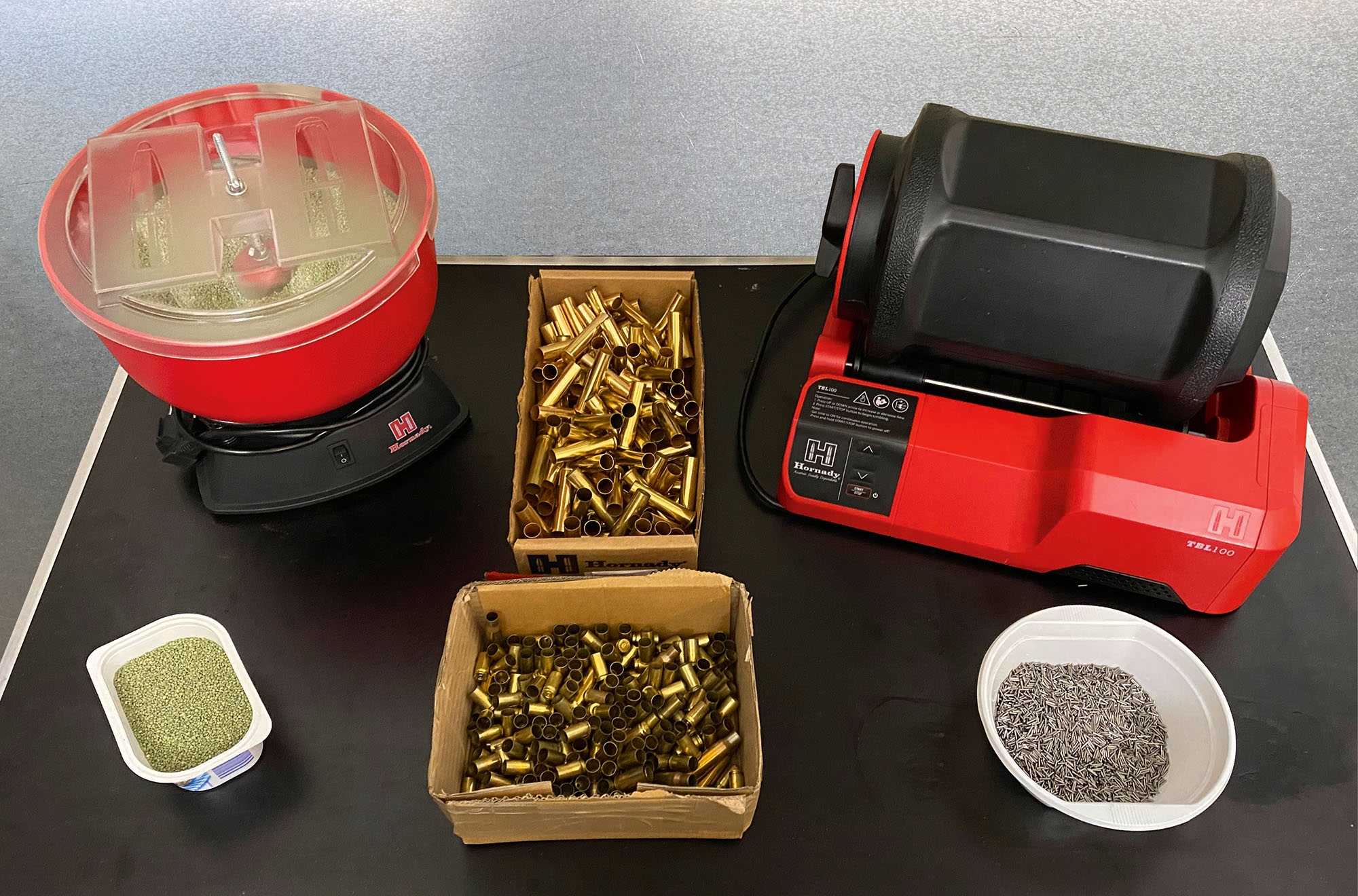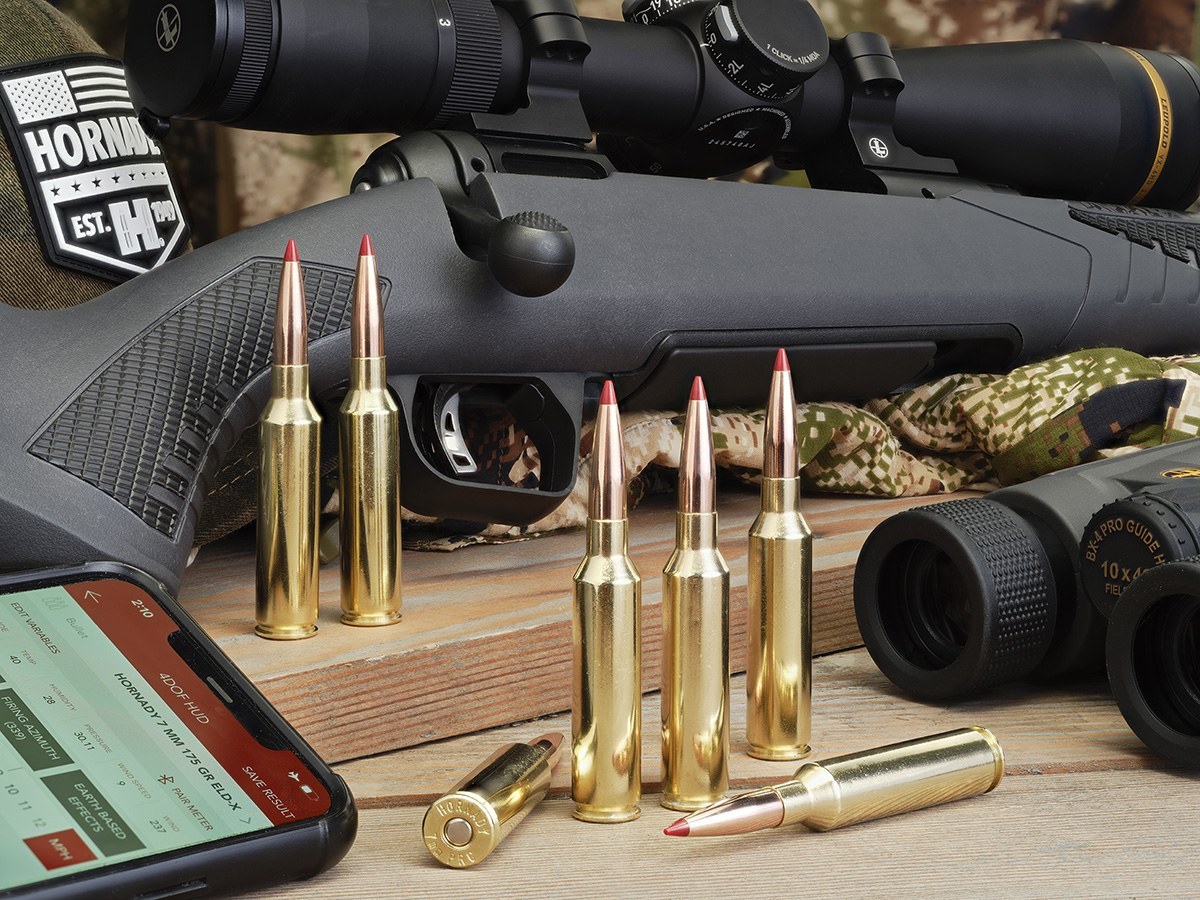“I’m Joyce Hornady. You might say accuracy is my business. I make bullets.”
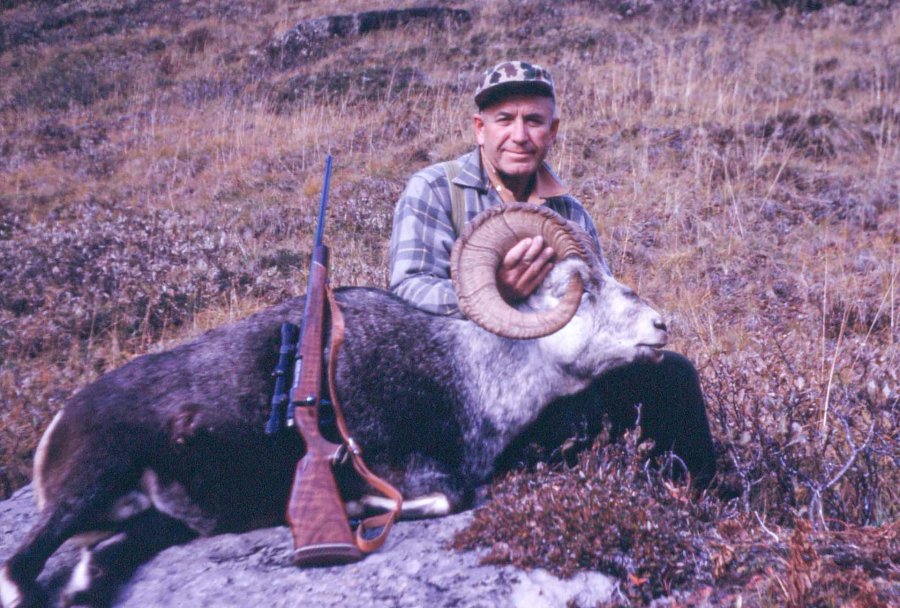
This famous statement was the introduction to an incredibly informative vintage video on ammunition hand reloading that also presented Hornady's company and products to the public. The video is still available from Hornady. It all started right after World War II, when Joyce Hornady opened a sporting goods store and, unsatisfied with the quality of surplus ammo, wanted to offer affordable and better bullets for reloading. His idea was that veterans returning from the war wanted to continue shooting and hunting – by all means, it should have not worked.
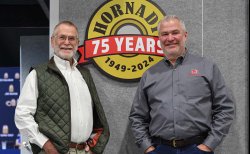
These guys should have had enough of shooting! But it did work, and the roughly 6 million hunters and shooters in the U.S. before WWII doubled by the early 50s. They indeed wanted better, more accurate and dependable ammo. Joyce had the vision and a goal: to build bullets that could be all shot into one hole.
So, Joyce founded in 1949 the Hornady Manufacturing Company, and started off small, with a single product: a .30 caliber 150-gr Spire Point bullet, built using a surplus bullet assembly press, that was sold in a now iconic red cardboard box, and that became one of America’s most popular reloading bullets. It is still produced to this day.
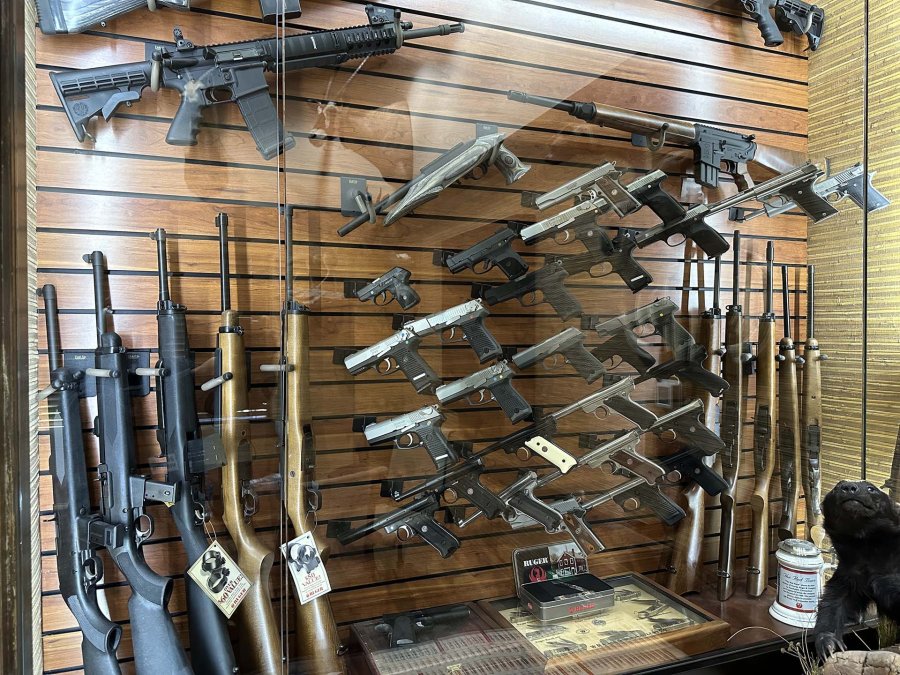
And today, Hornady has become the world’s largest bullet manufacturer for hunting, sports and competition, the United States' largest reloading component and gear supplier, possibly the most innovative ammunition company for introducing scores of new and extremely popular calibers to the shooting and hunting community, and an extremely prolific loaded ammunition producer – not to mention the manufacture of gun safes. It still is a wholly family-owned and operated business, Joyce sadly passing away in 1981 due to a plane crash, and survived at the helm fo the company by son Steve, and grandson Jason.
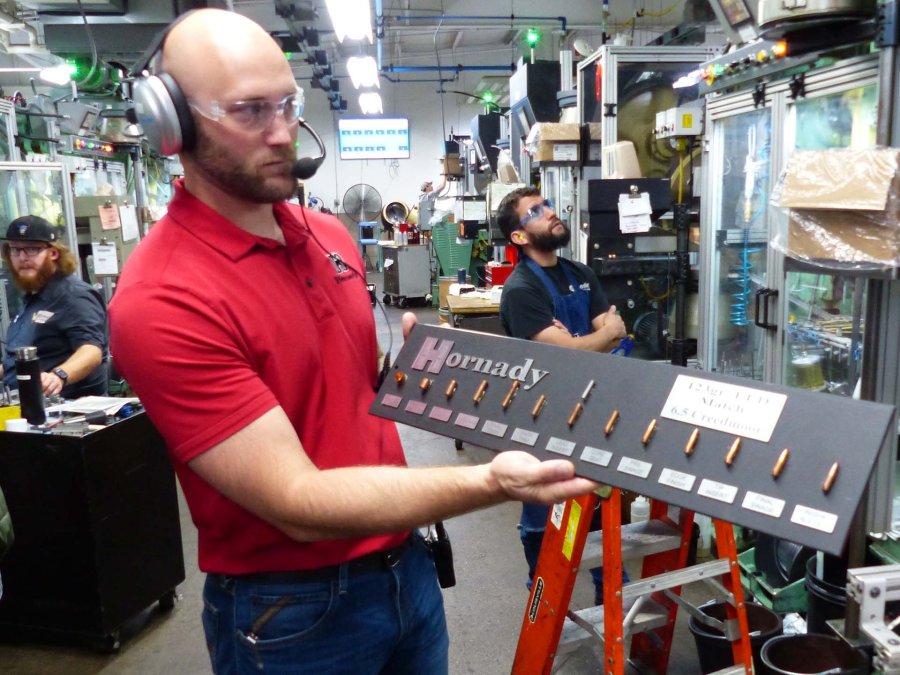
Today also marks a historic milestone: 75 years of Hornady’s growth and increasing innovation in the shooting industry. Along a few other select European journalists, I have been invited in Grand Island, Nebraska to attend a very special factory Tour, hosted by Jason Hornady himself and Marketing Communications Manager, Seth Swerczek.
The whole visit to Hornady is available in the all4shooters.com video
Our tour covered the two existing Hornady manufacturing facilities, including the massive new “West” plant opened in 2018, and our visit basically followed the workflow from raw materials all the way to the shipping of the completed and packaged products.
With my colleagues, I started the tour at the historical entrance to the original factory building, that in the years has been incrementally expanded.
Many accolades, hunting trophies and exotic animal taxidermy welcome the visitor, and our first briefing is held in a conference room that also showcases a very special connection to firearms manufacturer Ruger.
As a matter of fact, Joyce Hornady and Bill Ruger were close personal friends, and for an unknown reason, every single Ruger firearm, be it pistol, revolver, rifle, or semiauto, that bears serial number 0053, has been donated to the Hornady factory and is showcased in this room.
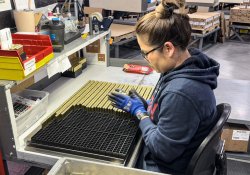
The administration office space is amazing, built as an expansion of the original building in 2008, with literally hundreds of amazing taxidermy adorning the huge hall space walls, mostly hunted by Steve Hornady. Interestingly, Steve is one of the few that has a World Ovis Slam Super 20, having hunted exotic sheep and goats from all over the planet.
The visit continues to the engineering offices, where most R&D is done, and from there to the rebuild area. In these spaces machines are rebuilt, reusing the same frames that are refurbished and modernized as needed. Many CNC and tool measuring machines are available in this area.
Hornady ammunition manufacture
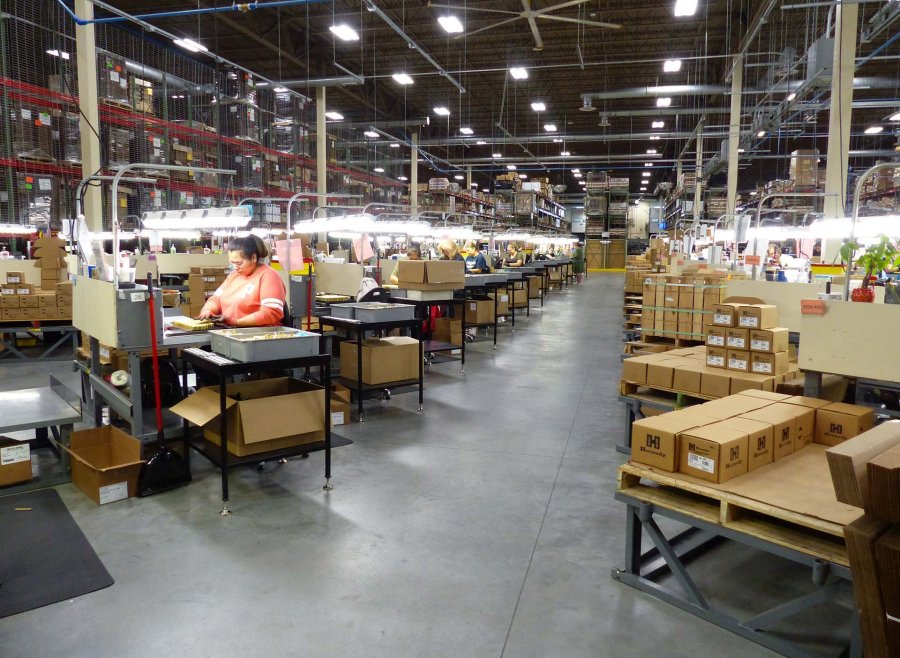
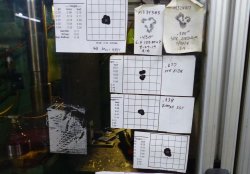
Bullets start out as metal flat strips, which are punched out and formed into "cups" to create the bullet jackets. Each caliber needs specific "cups" to be further formed into the required jacket. After the cup punching area, we’re introduced to the lead storage and processing area, in which 1,000-pound lead pigs are smelted and purified to be used as the core of the finished bullets.
The prepared lead ingots are then used in an extruder: a punch with sheer hydraulic pressure forces the lead through a die to form a lead solid wire that is then wrapped around a large spool; again, different diameters for different calibers.
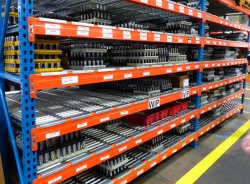
Both the cups and the lead wire are used in a Bullet Assembly Machine, such as the Waterbury Farrel Transfer press that you can see in the video, that makes the completed bullet through a draw process. Incidentally, a Waterbury Farrel press was the machine that Joyce purchased in 1949 and that started Hornady. The machine we saw ran at 54 cycles per minute and churned out a completed bullet almost every second. Each machine is tuned to obtain the best possible quality, and actual range fired groups are displayed on each machine to showcase the accuracy that the operator and that machine achieved.
Cases are built in a way that is very similar to the bullets, using different brass cups and various stages of draw and punching processes. As there’s a limit on how many times brass can be drawn, the case will need to be annealed to soften it again and reach the end of the manufacturing process. Each case gets punched for the primer pocket and the head turned for the rim and extractor groove.
A portion of the manufactured bullets and cases can be now set aside as hand reloading components, and the rest transferred to the loading production lines. The cases are primed, filled with powder and the bullet seated in the neck of the case. Each loaded ammunition lot is tested in the ballistics labs and test ranges to make sure the manufactured rounds are perfectly to spec, including accuracy – Hornady has a 200-m underground test range too. There’s a lot going on in the labs, that not only use universal receivers with pressure gauge barrels, but also a remarkable collection of hunting, sporting, and military firearms and weapons for ammo testing.
The loaded rounds are all hand inspected to insane quality standards – take a look at our short video here and packaged into boxes according the market and type of ammo. The loaded ammunition then is stocked in the warehousing areas together with the reloading components and reloading gear – presses and dies. These are built in the new West facility; there are scores of CNC centers, mills, lathes, finishing and surface treating machines. All finished parts are then sent to different assembly lines where the products are fitted and assembled.
To wrap it up, our factory tour at Hornady was an amazing insight in one of the most dynamic and innovative ammunition manufacturer in the industry – these are the guys that brought shooters and hunters exciting new calibers such as the .17 HMR, the .375 Ruger, the 6.5 Creedmoor, the whole PRC series of long range calibers, and the newest kid on the block, the .22 ARC – just to name a few.
For additional information: www.hornady.com.


